After the North London Waste Authority (NLWA) announced that its constituent boroughs would receive a £4.75 million “windfall” from high electricity prices, eyes turned to other waste partnerships in the capital.
In London, there are five sub-regional partnerships responsible for disposing of the waste collected by their member boroughs. These joint waste disposal authorities are: East London Waste Authority (ELWA), NLWA, Western Riverside Waste Authority (WRWA), the West London Waste Authority (WLWA) and the South London Waste Partnership.
In November, the NLWA revealed it would pass on a £4.75 million “windfall” from high electricity prices at its Edmonton energy from waste (EfW) plant to its constituent boroughs (see letsrecycle.com story).
NLWA can do so because, unique among the partnerships, it owns the facility itself rather than sending waste to a private plant under contract. The facility generates electricity for the National Grid from North London residents’ waste.
When asked by letsrecycle.com about their own arrangements, there were various responses. Western Riverside said it would experience “some benefit” thanks to its contract with London-based waste management company Cory, while the WLWA is known to have benefited from high electricity prices in the 2021/22 financial year.
However, both ELWA and the South London Waste Partnership said they would receive no additional income from electricity sales.
Western Riverside
WRWA is the statutory body responsible for the management of the waste delivered to it by the boroughs of Hammersmith and Fulham, Kensington and Chelsea, Lambeth, and Wandsworth.
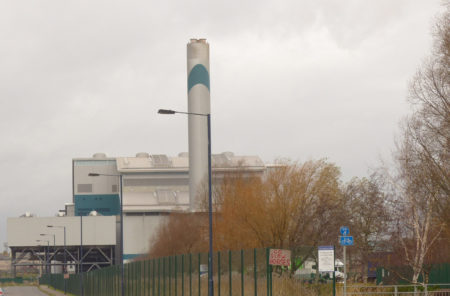
Since 2002, WRWA has sent London boroughs’ residual waste to Cory’s 850,000 tonnes per year capacity Riverside EfW plant in Belvedere, where it is turned into electricity.
Mark Broxup, WRWA’s general manager, told letsrecycle.com: “The authority has recently had some benefit from improved electricity prices but there is enormous market uncertainty around what the values might be in 2023/24 and this is set against a backdrop of the highest inflation rates for 40 years.”
Mr Broxup said WRWA’s treasurer was currently working on the authority’s forecast budget outturn and predicted levies and charges for 2023/24. The treasurer will present their work at a WRWA meeting on 23 November.
West London
When asked by letsrecycle.com if the boroughs that made up the WLWA would benefit from an electricity windfall in the same way as those from North London, a spokesperson said they “didn’t have anything new to report”.
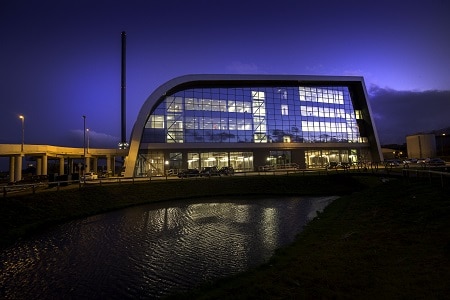
However, the WLWA made £8.1 million from its public-private partnership (PPP) deal with Suez in the 2021/22 financial year thanks to “higher electricity prices” (see letsrecycle.com story).
The WLWA is responsible for the disposal of controlled waste collected in its area by its six constituent boroughs: Brent, Ealing, Harrow, Hillingdon, Hounslow, and Richmond upon Thames.
The contract sees residual waste treated at the Severnside Energy Recovery Centre, an EfW plant in South Gloucestershire. Around 90,000 tonnes of waste from the WLWA is also sent to the Grundon/Viridor Lakeside EfW plant at Colnbrook.
Emma Beal, managing director of the WLWA, told letsrecycle.com in March that her organisation received “the lion’s share” of any unexpected income generated by the Severnside ERC.
East London
ELWA is responsible for the disposal of waste from the London boroughs of Barking and Dagenham, Havering, Newham and Redbridge.
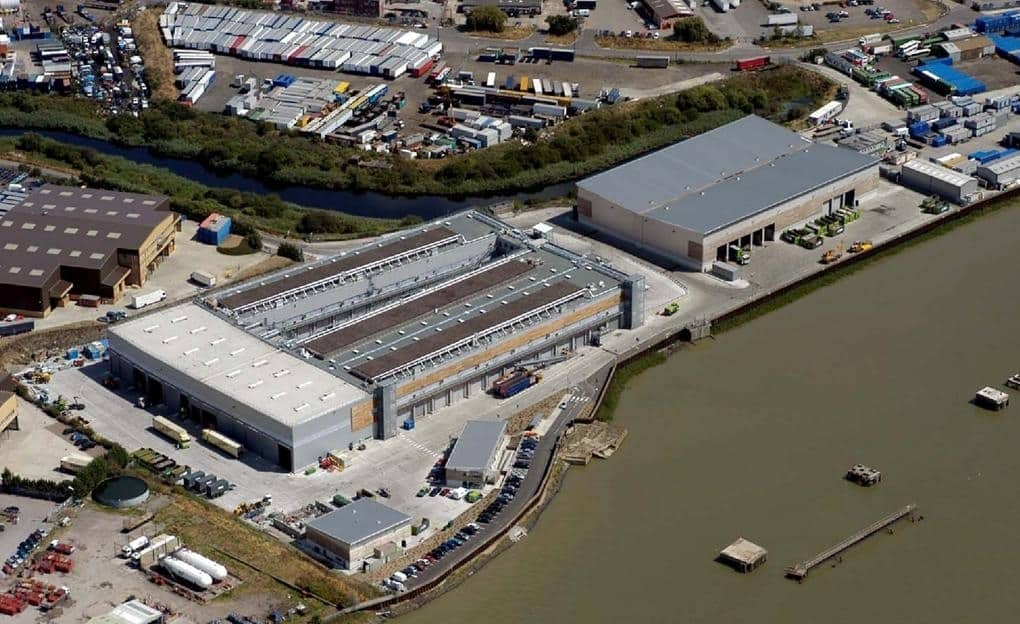
In 2002, ELWA signed a 25-year integrated waste management services contract now operated by European firm Renewi. Renewi manages around 445,000 tonnes of waste and operates two mechanical biological treatment facilities to separate metals, aggregates and compost-like materials from residual waste. Any materials Renewi cannot separate it sends to a number of third-party EfW facilities in mainland Europe and Scandinavia.
Andrew Lappage, ELWA’s managing director, told letsrecycle.com that NLWA’s arrangements were “exceptional”. He said ELWA’s arrangements represented a “risk transfer”, whereby Renewi reaped the benefit of increased electricity prices but also bore the risk of rising gate fees at the plants.
“Renewi pulls out recyclables and makes fuel,” he said. “The fuel goes to third-party contractors for energy from waste. East London doesn’t have a direct contract with an energy facility.”
South London
The South London Waste Partnership is made up of four local councils – Croydon, Kingston, Merton and Sutton – and sends their residual waste under contract to Viridor’s 350,000 tonnes per year capacity Beddington EfW plant.
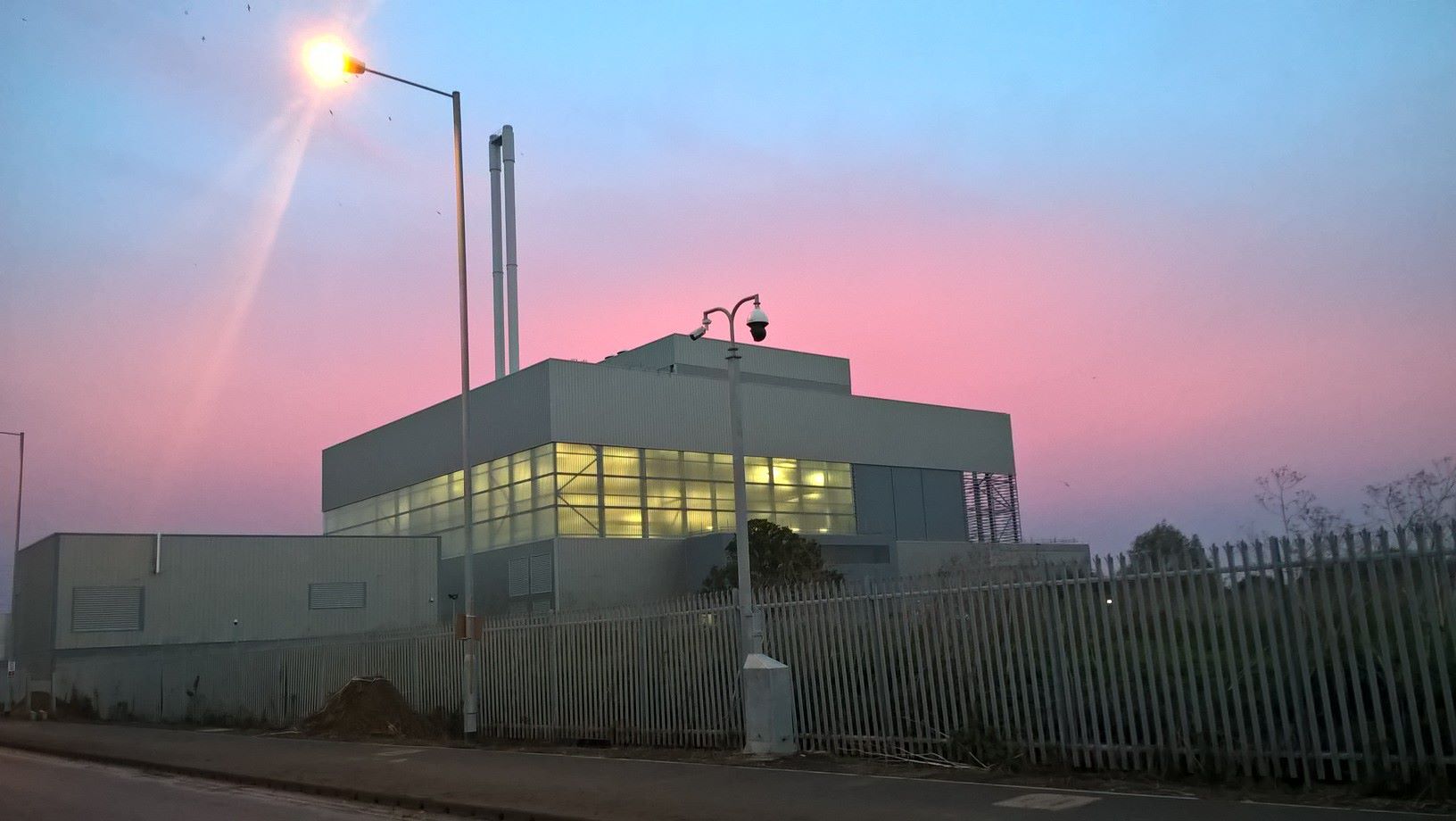
Construction of the Beddington EfW started in 2015 and the facility has exported power to the National Grid since 2018.
A spokesperson for the South London Waste Partnership told letsrecycle.com the contractual arrangements it has with Viridor are “different” to those in place between contractors and other authorities.
“An excess income share mechanism is built into the residual waste treatment contract, but this is based on cumulative totals over the 25-year lifetime of the contract and not on individual contract years,” the spokesperson said.
“In their ‘base case’, Viridor made forward assumptions on the income that would be received from electricity generation. These forecasts fed into a substantially discounted gate fee which the SLWP boroughs have been benefitting from since service commencement, more than three years ago.
“Due to the lower energy prices in the first few years of the contract, the actual electricity income achieved by the contractor has been below the amount forecasted. As a result, the surplus income share mechanism has not been triggered. The contract ensures that the SLWP boroughs do not suffer as a result; any shortfall in income is a contractor risk and the boroughs continue to benefit from very competitive gate fees.”
North London
NLWA became the 100% owner of LondonEnergy, the subsidiary which operates the 500,000 tonne per year capacity Edmonton EfW plant, in 2009.
NLWA’s constituent boroughs are Barnet, Camden, Enfield, Hackney, Haringey, Islington, and Waltham Forest. The Waltham Forest Labour party, which controls the council, wrote to residents in late October to tell them how they would use the £841,000 they received as a windfall dividend from NLWA.
Firstly, the council will use £500,000 to retrofit the homes of “the most vulnerable”, such as by installing thicker loft insulation, energy efficient lightbulbs and draughtproof windows. Residents can draw on a pot from £200,000 for DIY retrofitting.
Waltham Forest will also spend £100,000 on cost of living advisors so the borough’s residents can receive advice on cutting their energy bills.
And, the council will give every councillor £2,000 to spend on community organisations supporting cost of living work, such as a winter foodbank drive or providing a warm space.
Cllr Grace Williams, leader of Waltham Forest council, said: “We are equally proud of this work and truly dismayed that the burden is falling on local government yet again.
“We have been innovative and we are fulfilling our promise to always be there for residents, but we are operating on shoestring budgets and the chaos in Westminster is not making any of this easier.”





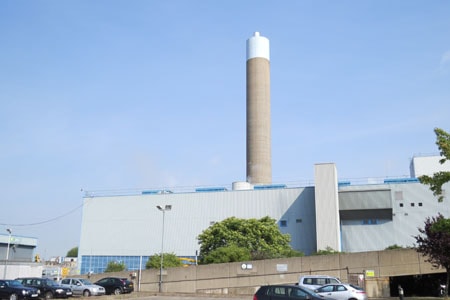



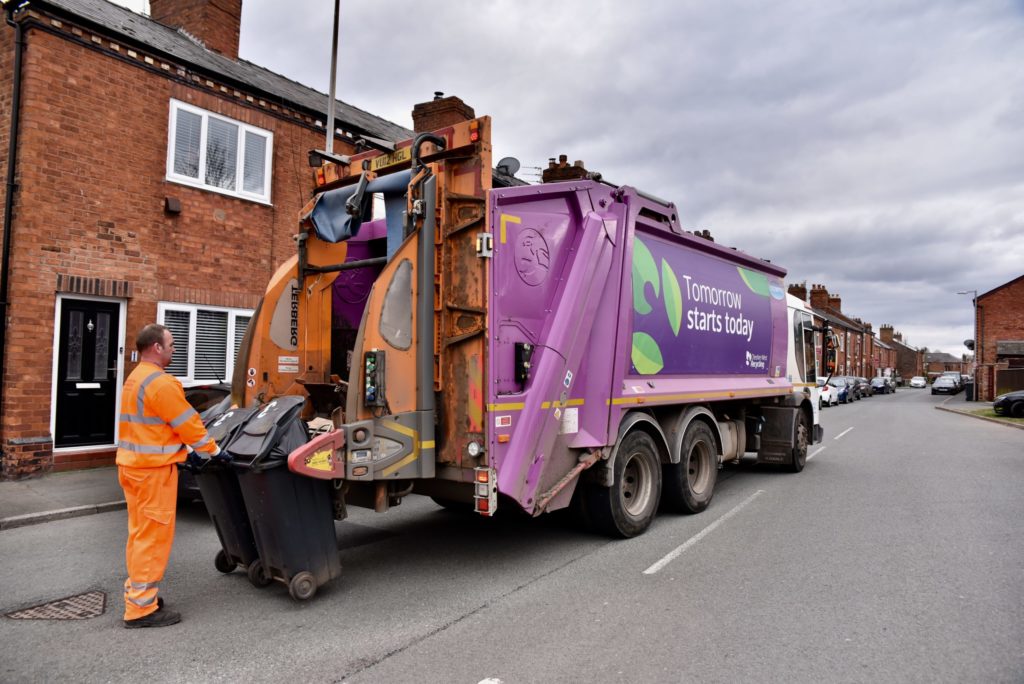


Subscribe for free